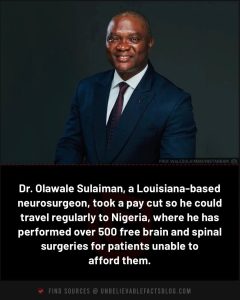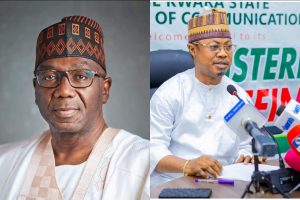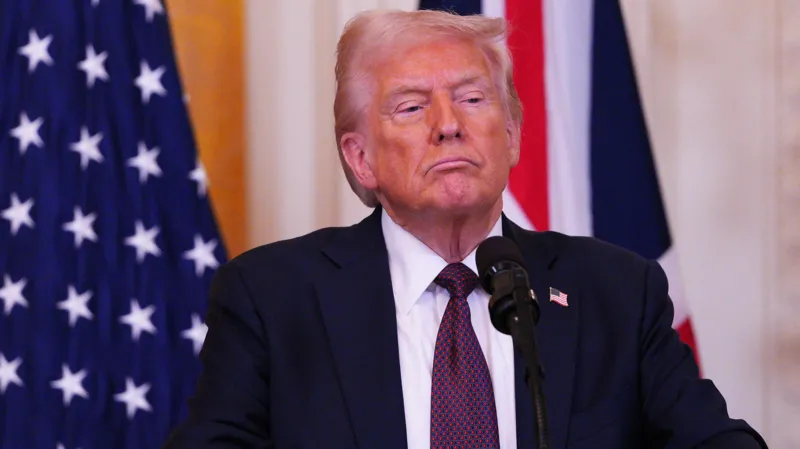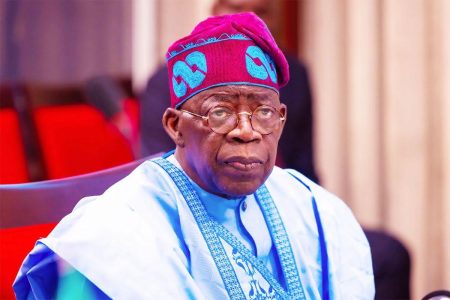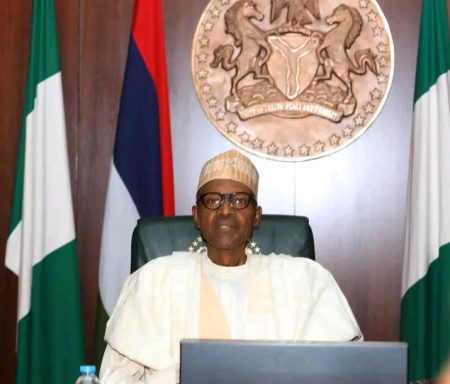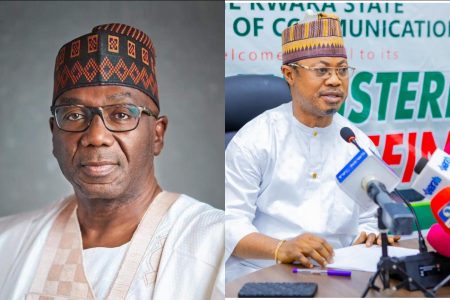President Donald Trump has reignited controversy by suggesting he could seek a third term in office, despite the constitutional two-term limit. Speaking with NBC News on Sunday, Trump insisted he wasn’t joking, stating: “There are methods which you could do it.”
While Trump has previously floated the idea of serving beyond two terms, his latest remarks— including those made aboard Air Force One— were his clearest yet. He claimed that many supporters are encouraging him to remain in power, saying:
“We have almost four years to go, and that’s a long time. But despite that, so many people are saying, ‘You’ve got to run again.’ They love the job we’re doing.”
Pressed on whether he intends to stay in office beyond January 20, 2029, Trump refused to give a direct answer but revealed he had been presented with proposals to make it possible. One suggestion, according to NBC, involves Vice President JD Vance running for president and then stepping down, allowing Trump to return to power. Trump confirmed this as “one” possible method but hinted at other undisclosed strategies.
Under the U.S. Constitution’s 22nd Amendment, a president is limited to two terms. Changing this law would require a two-thirds majority in both the House and Senate or a constitutional convention called by two-thirds of U.S. states— an action never before accomplished in American history. Even if such a proposal cleared those hurdles, it would still require ratification by three-quarters of all state legislatures— an extremely unlikely scenario given the current political divide.
In January, shortly after Trump began his second term, Republican Rep. Andy Ogles of Tennessee introduced a resolution seeking to amend the Constitution to allow presidents to serve up to three terms. While the resolution faces steep legal and political challenges, Trump’s latest remarks suggest he hasn’t ruled out the idea.
As speculation mounts, Trump’s third-term ambitions are likely to fuel heated debates about democratic norms, constitutional limits, and the future of U.S. governance.



